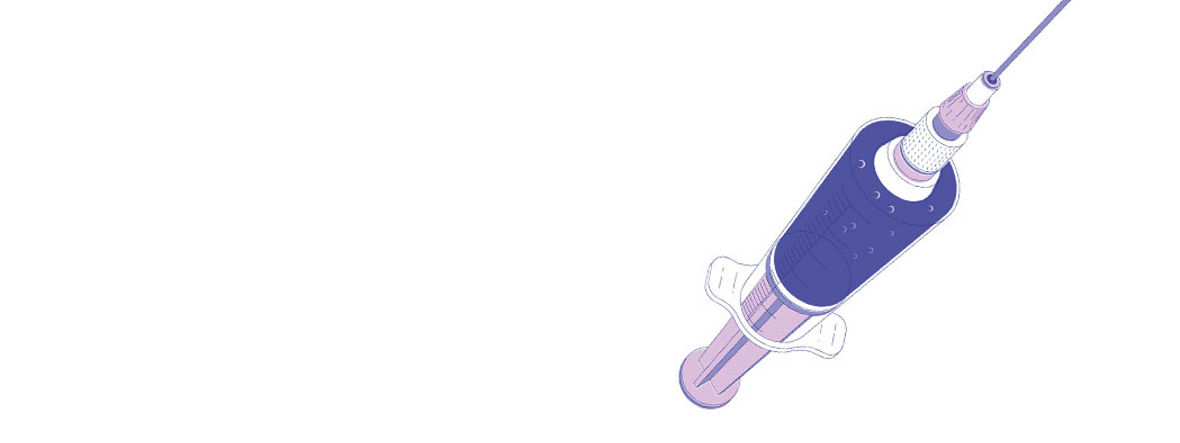PROVEN PROCESSES
Current vaccines use viruses or bacteria that have been killed or attenuated, or use certain components or metabolic products of the pathogens.
ATTENUATED VACCINES
These contain small quantities of pathogens that are capable of reproduction but have been so attenuated that they are not capable of causing the disease.
Examples: measles, mumps, rubella, and chickenpox

INACTIVATED VACCINES
Contain killed pathogens that stimulate the body’s immune system to produce antibodies, without the disease itself breaking out.
Examples: polio, TBE, hepatitis B

TOXOID AND SUBUNIT VACCINES
Contain only specific components of the pathogen such as proteins or sugars that are recognized by the immune system.
Examples: tetanus, diphtheria, pertussis, influenza, HPV

NEW PROCESSES
Gene-based vaccines contain part of the genetic information of a pathogen. The body cells of the vaccinated subject read this information and produce the proteins necessary for an immune response themselves.
VECTOR VACCINES
Attenuated vaccine viruses act as vehicles into which the pathogen genes are inserted. This new technology is already approved for use against Ebola and dengue fever. The pathogen proteins are produced in the cell on the basis of the information in the mRNA*. These proteins are then presented on the surface of the cell to the immune cells.
When pathogens enter the body, special cells absorb them and present parts of the pathogens—known as antigens—on their surfaces. Other immune cells form antibodies against these antigens, and further immune cells destroy infected cells. In the event of a later contact with the same pathogen, memory cells ensure its rapid elimination.

DNA VACCINES**
The DNA* sequence of an antigen is inserted into bacterial DNA. The DNA is injected and is converted into mRNA in the cell nucleus. This mRNA serves as a blueprint for the antibody (the immune reaction takes place in the same way as with vector vaccines).

RNA VACCINES**
The mRNA is read off directly in the cytoplasm. A protective envelope consisting of LNP* protects it on its journey. The mRNA is released as soon as the LNPs have fused with the cell membrane (the immune reaction takes place in the same way as with vector vaccines).

*mRNA Messenger ribonucleic acid— a transcript of a section of the DNA that carries the genetic information for the assembly of a protein inside a cell
*DNA Deoxyribonucleic acid — a biomolecule that is found in the chromosomes and carries the genetic information
*LNP Lipid nanoparticles—particles composed of lipids. These are used to transport substances.
**As of 10/2020: not yet approved


